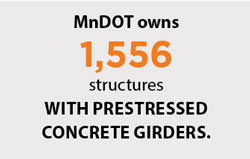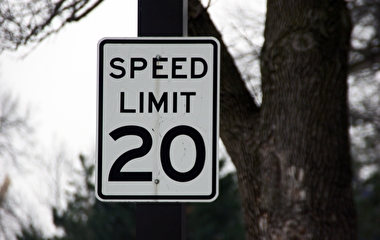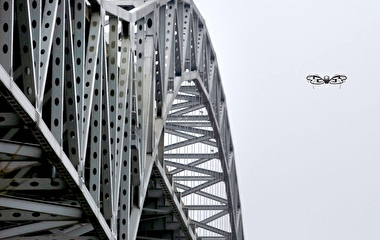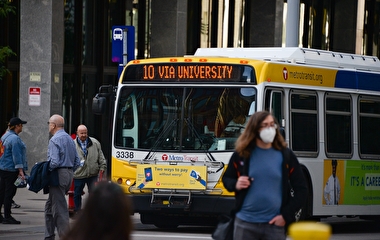constructed in the lab and tested to investigate shear distribution.
Bridges built using prestressed concrete girders are among the most common in Minnesota and throughout the U.S. because of their good performance, lower initial material costs, and relatively low ongoing maintenance costs. However, the federal requirements for these bridges have changed considerably over the years. As a result, bridges built to older specifications may score poorly when subjected to new bridge rating standards even though they are actually in good condition.
“One area in which this discrepancy between ratings and reality can cause problems is determining safe legal load limits for bridges, which are used to decide whether larger trucks may cross the bridge with an overload permit,” says Catherine French, CSE Distinguished Professor in the Department of Civil, Environmental, and Geo- Engineering and the study’s principal investigator. “Our goal was to evaluate whether the current guidelines regarding shear forces (which transfer the loads to the supports) may be overly conservative for these older concrete bridges that are in good condition.”
Sponsored by the Minnesota Department of Transportation, the study was conducted by a team of researchers including CSE Distinguished Professor Carol Shield (co-investigator) and UMD assistant professor Benjamin Dymond.
Researchers used a multipronged approach consisting of numerical modeling and tests in both the laboratory and the field. The numerical modeling was used to apply the results of the laboratory and field tests to a study examining the effects of key parameters on the distribution of shear in a bridge system. Parameters included span length, girder spacing and depth, deck thickness, and load position.
Results showed that the shear forces for some bridges are not as high as those predicted by distribution factors in the current specifications—at least partially explaining why some MnDOT bridges with low shear ratings show no signs of distress, French says. The researchers provided recommendations for more refined methods of evaluating prestressed concrete girder bridges that rate low for shear and developed a screening tool to identify which bridges that rate low for shear should be further analyzed.
“The results of this project will help us re-evaluate aging bridges in our inventory, to distinguish those that really do have shear problems from those that don’t, and make decisions about whether they need to be replaced or rehabilitated for extra capacity,” says Yihong Gao, bridge designer with MnDOT’s Office of Bridges and Structures.





